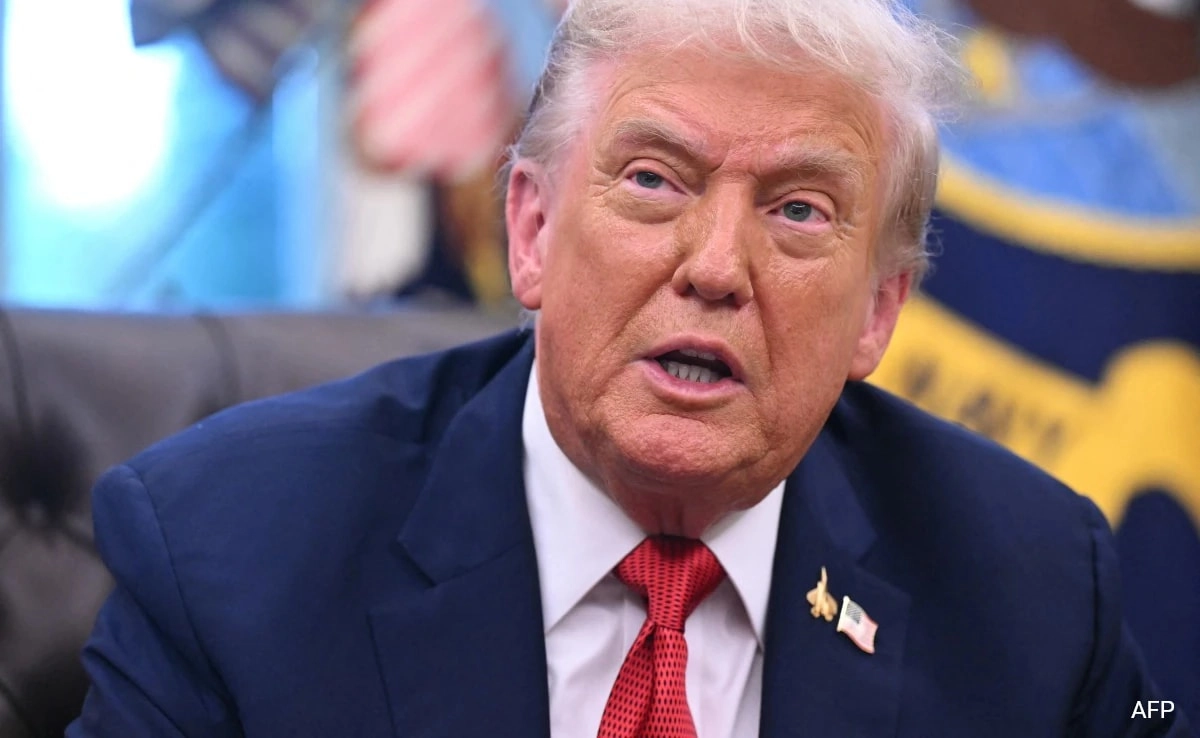In a dramatic shift in trade policy, former President Donald Trump has announced a series of new tariffs aimed at various imported goods, with a particularly aggressive stance on pharmaceuticals and kitchen cabinets. The proposed tariffs include a staggering 100% duty on imported drugs, a move that has raised eyebrows among economists and healthcare professionals alike. This bold initiative is framed as an effort to reduce dependency on foreign medications and to bolster domestic manufacturing in the pharmaceutical sector. By imposing such high tariffs, the Trump administration aims to encourage American companies to produce more drugs domestically, potentially leading to job creation and innovation within the industry. However, critics argue that this could result in higher prices for consumers and disrupt access to essential medications.
In addition to the tariffs on drugs, Trump has also proposed a 50% tariff on imported kitchen cabinets. This decision reflects a broader strategy to protect American manufacturing jobs by making foreign products more expensive and less competitive in the U.S. market. The kitchen cabinet industry, which has seen significant growth in imports over the past decade, could experience a resurgence as American manufacturers ramp up production to meet consumer demand. However, opponents of the tariffs warn that such measures could lead to increased costs for homeowners and contractors, ultimately impacting the housing market and renovation projects. As with many of Trump’s trade policies, this initiative is likely to spark heated debates about the balance between protecting domestic industries and maintaining affordable prices for consumers.
The announcement of these tariffs comes at a time when the global economy is still grappling with the repercussions of the COVID-19 pandemic, supply chain disruptions, and rising inflation. Trump’s approach suggests a prioritization of national interests over free trade principles, which could have far-reaching implications for international relations and trade agreements. While supporters argue that these tariffs could lead to a revitalization of American manufacturing, opponents caution that such protectionist measures could provoke retaliatory tariffs from other countries, potentially igniting trade wars that could harm various sectors of the U.S. economy. As the situation unfolds, stakeholders across industries will be closely monitoring the potential impact of these tariffs on both domestic markets and global trade dynamics.




